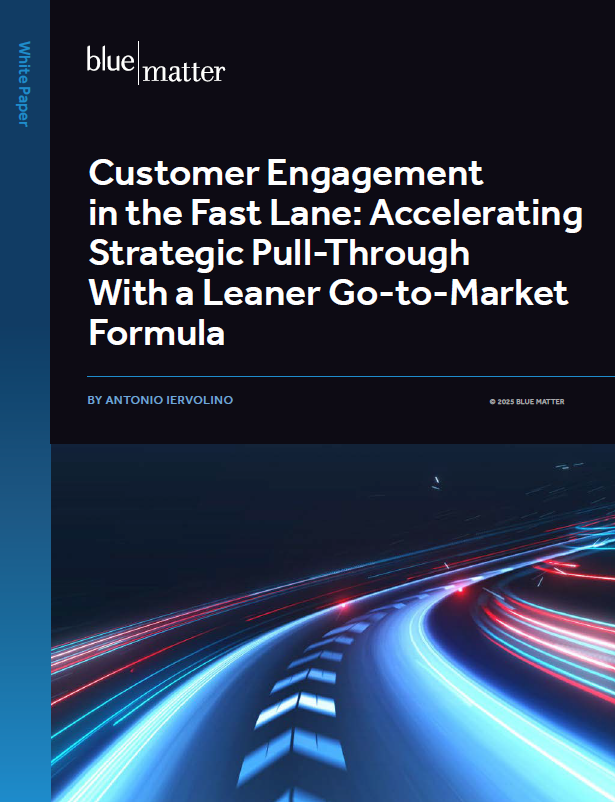
At some point in its development, any growth-minded non-European biopharma company will look to Europe as a possible source of new opportunity. Europe is attractive for various reasons, including its large population, high per-capita spend on healthcare, and vast market potential.
But successfully entering Europe is a complex undertaking, and biopharma companies need to know how to safely navigate the process. The stakes are high, and there are many pitfalls to avoid. In this ongoing series of articles, we are outlining the 12 most common pitfalls that biopharma companies experience as they enter European markets:
- Not knowing what it takes to “go it alone” across Europe
- Not realizing Europe may have its own clinical endpoints in mind
- Missing the opportunity of conditional marketing authorization
- Believing EMA marketing authorization = patient access
- Thinking your list price won’t cross borders
- Missing the mark with local health technology assessment (HTA)
- Not making the right European connections
- Failing to realize that EAPs can boost…or bite
- Missing a promotable label
- Building like big pharma when you’re not
- Using individual preferences vs analysis to select HQ location
- Caring too late about your infrastructure
In this installment, we address pitfall #8.
Pitfall #8 – Failing to Realize that Early Access Programs (EAPs) Can Boost…or Bite
Why It’s Important
Early Access Programs (EAPs) enable a manufacturer to offer access to a product before it has received an EU Marketing Authorization. Conditions are that the medicine meets a high unmet need and is undergoing a central marketing authorization application or clinical trials. In some countries, manufacturers must offer a product free of charge under an EAP. However, in select geographies they can set a price and be reimbursed.
EAPs are a valuable tool for patients with seriously debilitating and/or life-threatening diseases where there are no authorized treatment solutions. For eligible manufacturers, an early access program can be a means of establishing an early footprint in the market, generating additional real-world evidence, and beginning to treat patients that will ultimately be transitioned into a commercial model.
Given these potential benefits, why wouldn’t every company leverage an EAP? One of the reasons is that EAPs also have inherent risks that must be considered and proactively mitigated for the best chance of success. Because EAPs are typically structured around a specific number of patients or a pre-defined patient population, there can be financial risks associated with under-estimating the size of the patient population. Also in the case of a paid EAP , there may be the financial risk of having to provide free product if the “maximum” anticipated patient population is exceeded.
For example, the manufacturer of a high-priced rare disease product arranged for early access and reimbursement with a local government based on an estimated prevalence. However, the company ended up with many more eligible applicants than it had anticipated. They subsequently had to provide their product to treat those patients free of charge. Another risk to consider is if an EAP is freely priced, the future reimbursed price may be lower, and the difference must be paid back.
There are also examples of unexpected safety signals being identified during an EAP. Recently, a rare disease product under an EAP was associated with a significant safety concern, resulting in clinical holds during a critical stage of regulatory approval.
On the other hand, a manufacturer who chooses not to pursue an EAP risks that patients with an unmet need will lose valuable time and treaters and treatment centers won’t gain the experience they need.
Avoiding the Pitfall
EAPs can be an important mechanism to help some patients early and gain real world experience. They can offer a mechanism for “pressure-testing” new ways of supplying and administering innovative treatments in the real world. To maximize the benefit and minimize the risks, it is important to:
- Correctly estimate the number of patients who will be treated under the EAP
- Understand what may happen to price post-launch (and how to shift your commercial strategy if needed)
- Understand how to correctly collect and incorporate safety signals
- Take the opportunity to collect real world evidence for future benefit and direction
Coming Next
Throughout many of the previous pitfalls, we have discussed the importance of incorporating patient needs and market expectations into the development strategy early. In our next article, we will further explore the risks and opportunities of patient-oriented development strategy with Pitfall #9 – Missing a Promotable Label.





